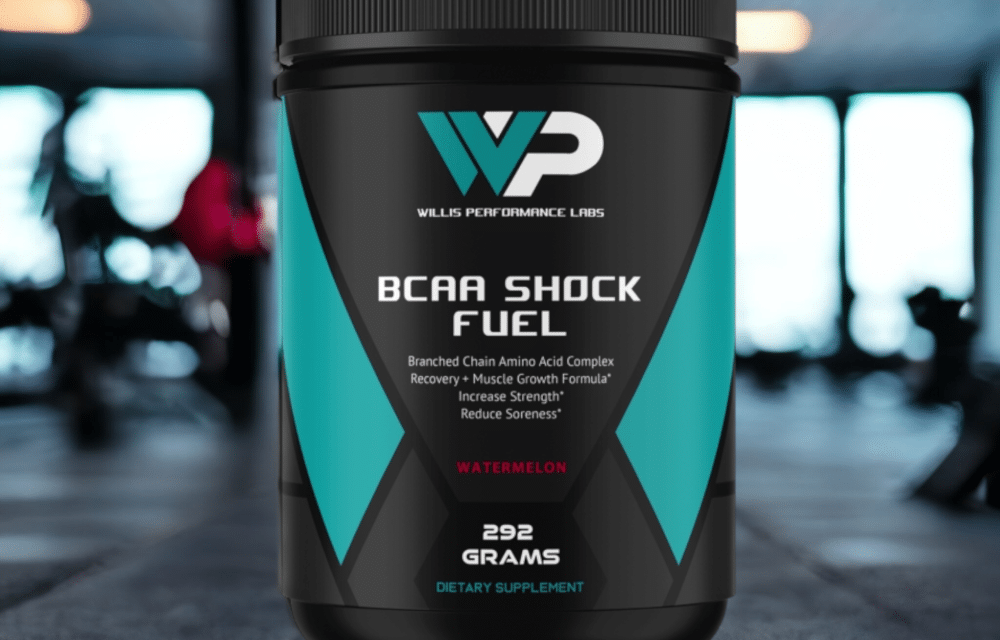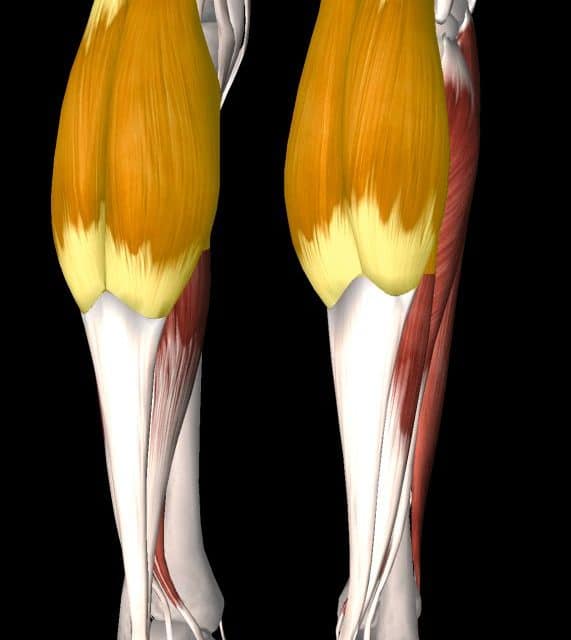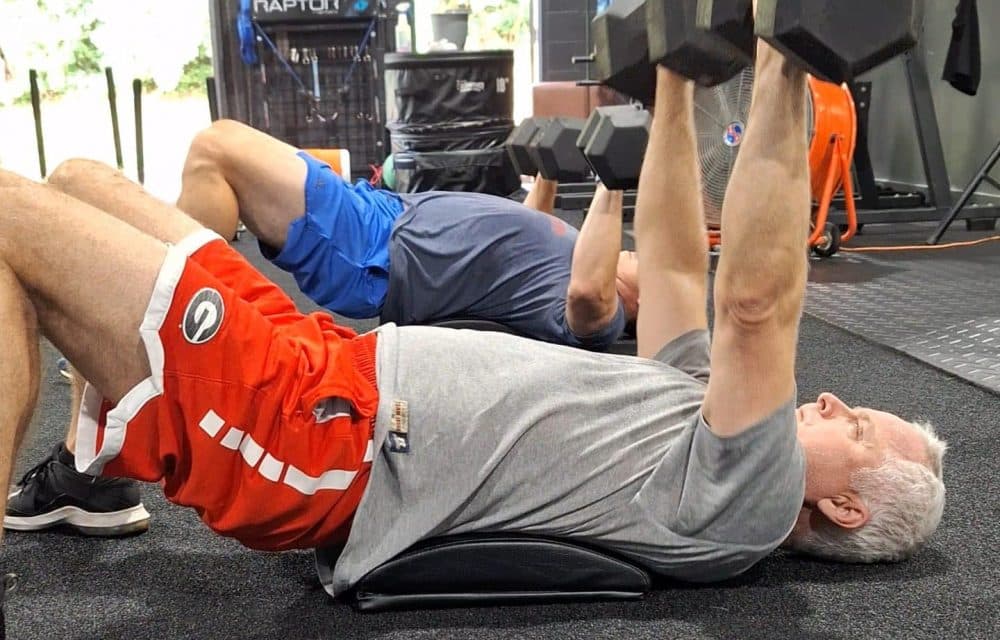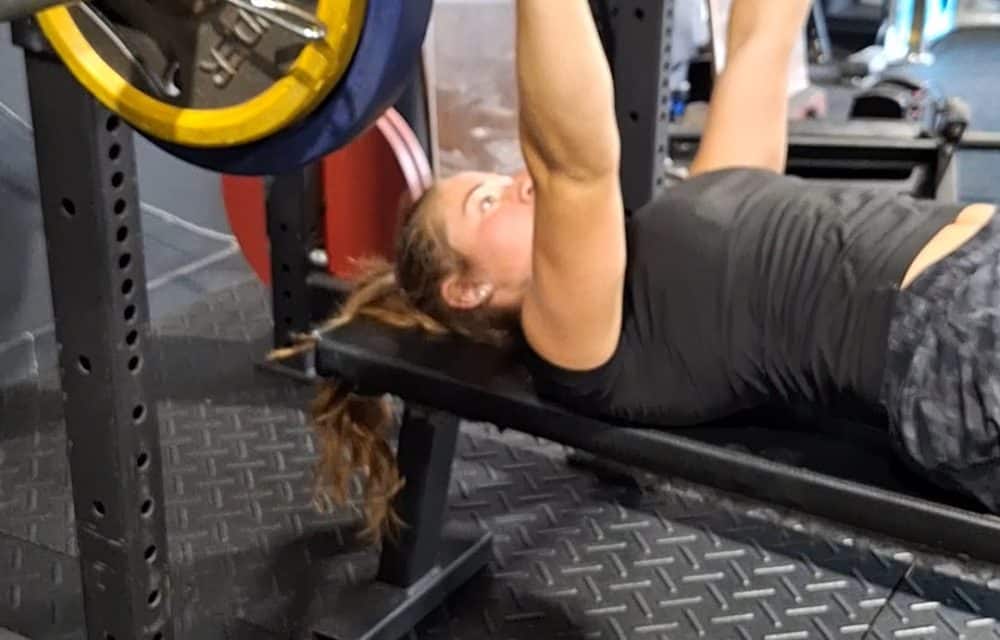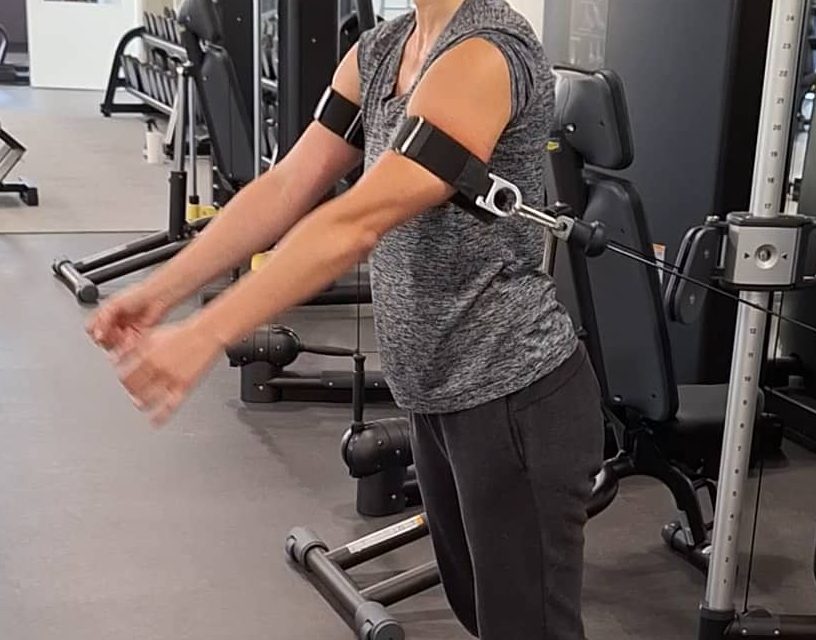Crossing the Pond for the Pigskin: A European Athlete’s Guide to American Football Success
Strategies for European Athletes Seeking a Home in American Football
American football, a sport dominated by the National Football League (NFL) and worshipped by millions in the United States, can seem an impenetrable fortress to those looking to make their mark from overseas. However, over the years, we’ve seen a trickle of international players not only break through but excel, thanks to their exceptional talent and strategic preparation. European athletes, in particular, face unique challenges when attempting to transition to American football, but with the right strategies and mindset, the dream of playing in the USA can be realized.
Understanding the Pathway
At its core, the pathway for European athletes to American football mimics the path taken by some of the sport’s greats. While there’s no one-size-fits-all approach, there are a few commonalities that most European athletes who successfully transition to the USA share:
Athletic Excellence
Athleticism is the backbone of American football, and European athletes must hone their physical abilities to match or surpass their American counterparts. This isn’t just about skill on the field; it also includes strength, speed, and endurance. Focusing on strength and conditioning, speed training, and sport-specific skills should become daily obligations for anyone aiming to succeed in the highly competitive American market.
Academic Readiness
Unlike many other sports, American football has a strong connection to academics. The vast majority of American football players go through the college system before entering the professional ranks, and academic eligibility is a critical factor. European athletes should familiarize themselves early with the GPA and standardized testing requirements needed to secure a scholarship or acceptance at a U.S. college or university.
Building Networks
Networking is just as important off the field as talent is on it. Connecting with former players, coaches, and other figures within the American football community can open doors to opportunities that might not otherwise present themselves. Social media can be a powerful tool for networking, but personal interactions, whether at camps, showcases, or international events, often create the most enduring connections.
Skill Showcasing
Standing out amongst a sea of talents requires a strategic approach to showcasing skills. Attending high-profile camps and combines, and ensuring that game footage is of the highest quality can increase visibility to American coaches and recruiters. A well-crafted highlight reel, a resume demonstrating playing experience, and potentially, corresponding with coaches to indicate interest can help get a foot in the door.
Academic and Amateur Football in Europe
The reality is that American football in Europe, despite its growth, does not have the same level of infrastructure, investment, and tradition as it does in the United States. Hence, European players must approach their development systematically and be willing to work within the structure available to them. Here’s how to maximize resources locally:
Seek Mentorship
Connecting with successful former European players who have navigated this path can provide invaluable insight and advice. These mentors can help tailor training regimes, identify critical skills, and even facilitate contacts in America.
Excel in the Local System
Dominating at the local level is a stepping stone to higher visibility. Whether playing in an amateur league or representing a national team, excelling in these settings can lead to opportunities for greater exposure, perhaps even participation in international competition.
Academics First
Maintaining strong academic performance is essential and often overlooked. European athletes should focus on their studies as much as they do on-cleat performance since academic achievement opens doors both at home and abroad.
Language and Cultural Familiarity
The transition to the American education and sports system is not just a sporting challenge but also an exercise in cultural and linguistic adaptation. European athletes should strive to become as fluent as possible in English and educate themselves on American culture, particularly as it intersects with the college and professional sports landscape.
Strategically Applying to U.S. Colleges
The collegiate route is perhaps the most accessible and well-trodden path for European players. When applying to colleges in the U.S., the following pointers can be pivotal:
Start Early
Planning needs to start early, often before a player’s final year of high school. This can include test preparation, gathering transcripts, securing letters of recommendation, and understanding the various application cycles and deadlines.
Show Interest
Colleges want students who are excited and committed to their programs. Visiting campuses, attending college football games, and corresponding with coaches can demonstrate genuine interest that can set an applicant apart.
Bridge Programs
Certain programs and agencies specialize in helping international student-athletes find opportunities in American colleges. These can be excellent resources for understanding the process, handling organizational complexities, and ensuring proper alignment with domestic standards.
Cultivating an Online Presence
In the digital age, an online presence can significantly amplify an athlete’s exposure. Creating an impactful and positive online profile requires:
Quality Content
Game highlights should be of professional quality, showcasing abilities clearly and effectively. Produced with the audience in mind, these can be potent tools for capturing attention.
Authenticity
While highlights are important, a well-rounded online presence should also reveal the individual and their character. Behind-the-scenes footage, personal stories, and a narrative beyond statistics can humanize the athlete, making them more compelling to potential recruiters.
Consistency
Regular updates maintain visibility. An athlete should aim to have a presence on all relevant platforms and keep all information accurate, up-to-date, and representative of their best self.
Support Network
Developing a team to help manage an athlete’s online presence can ensure that it stays on message and professional, while also giving the athlete more time to concentrate on their skill development and academic obligations.
Navigating Visa and Financial Hurdles
Beyond the athletic and academic challenges, aspiring European football players face visa and financial issues that need to be addressed proactively:
Scholarships and Financial Aid
Understanding the scholarship landscape and how to secure financial aid is crucial. Resources such as FastWeb, Scholarship.com, and the NCAA’s eligibility center can help European athletes identify potential funding sources.
Navigating the Visa Process
Securing the right visa is often complex. Reaching out to legal professionals experienced in sports immigration can provide the best guidance for the specific needs of an aspiring athlete.
Continuous Improvement and Persistence
The road to American football is long, and setbacks are certain. Here are some reminders for staying the course:
Patience is Key
Changing countries and systems takes time, often more than expected. Staying patient and focusing on steady improvement is essential for long-term success.
Seek Feedback
Good athletes always stay coachable. Seeking and accepting feedback from those with more experience can help fine-tune skills and overcome blind spots.
Never Stop Learning
Whether it’s about the sport, the process, or adapting to a new culture, education should always remain a top priority. Being a lifelong learner is a quality shared by many successful athletes.
Be Resilient
Bouncing back from disappointments takes resilience. Athletes should be flexible with their strategies, be open to taking detours, but never lose sight of their ultimate goal.
In conclusion, the dream of playing American football in the United States is indeed achievable for European athletes, but it requires a comprehensive and disciplined approach. By focusing on athletic development, excelling academically, leveraging the local football ecosystem, strategically applying to colleges, cultivating an online presence, addressing visa and financial hurdles, and maintaining a relentless commitment to growth and resilience, European athletes can position themselves to pursue American football with a real chance of success. The path may be arduous, but for those with the talent and determination, the opportunity to don a helmet and shoulder pads on American soil is well within reach.






